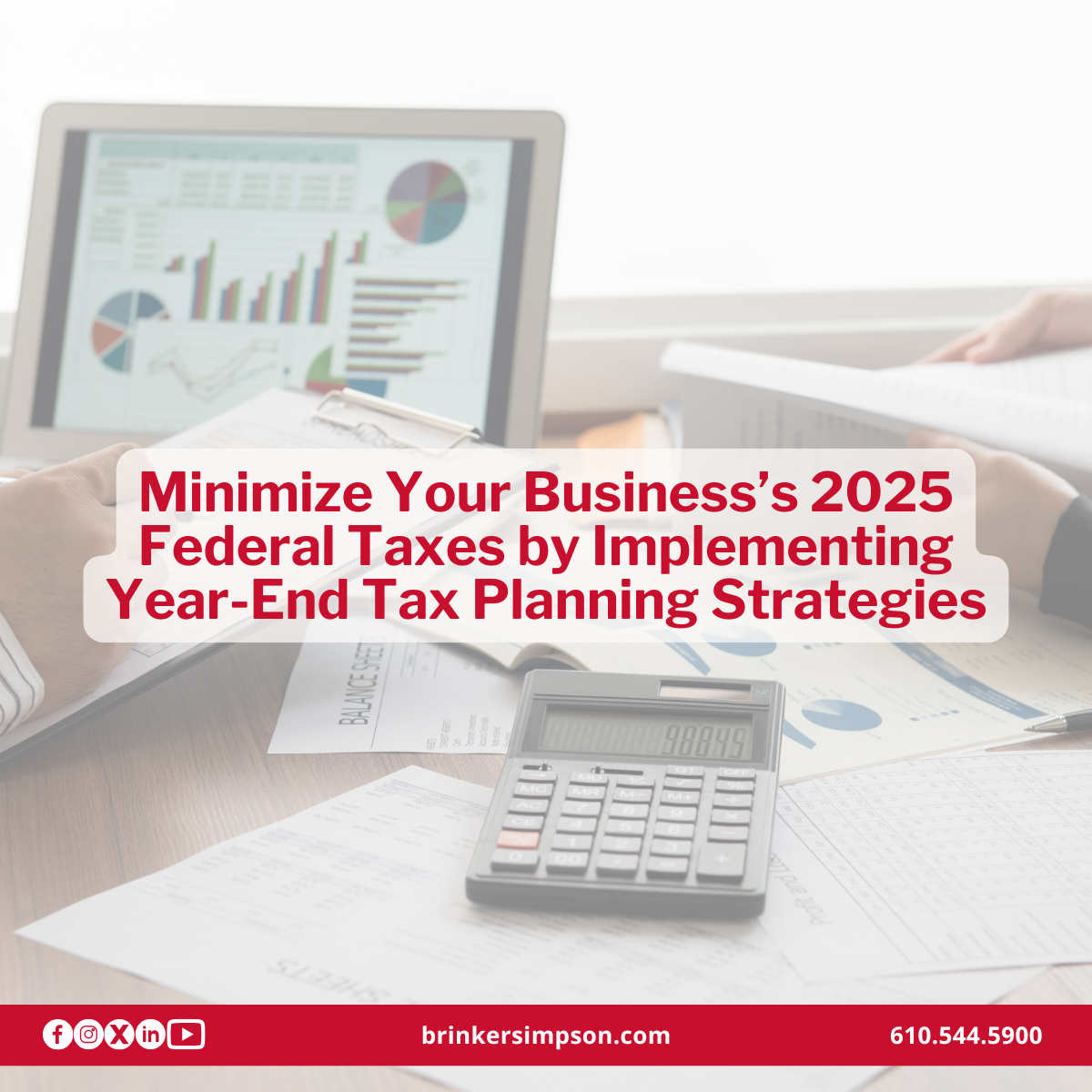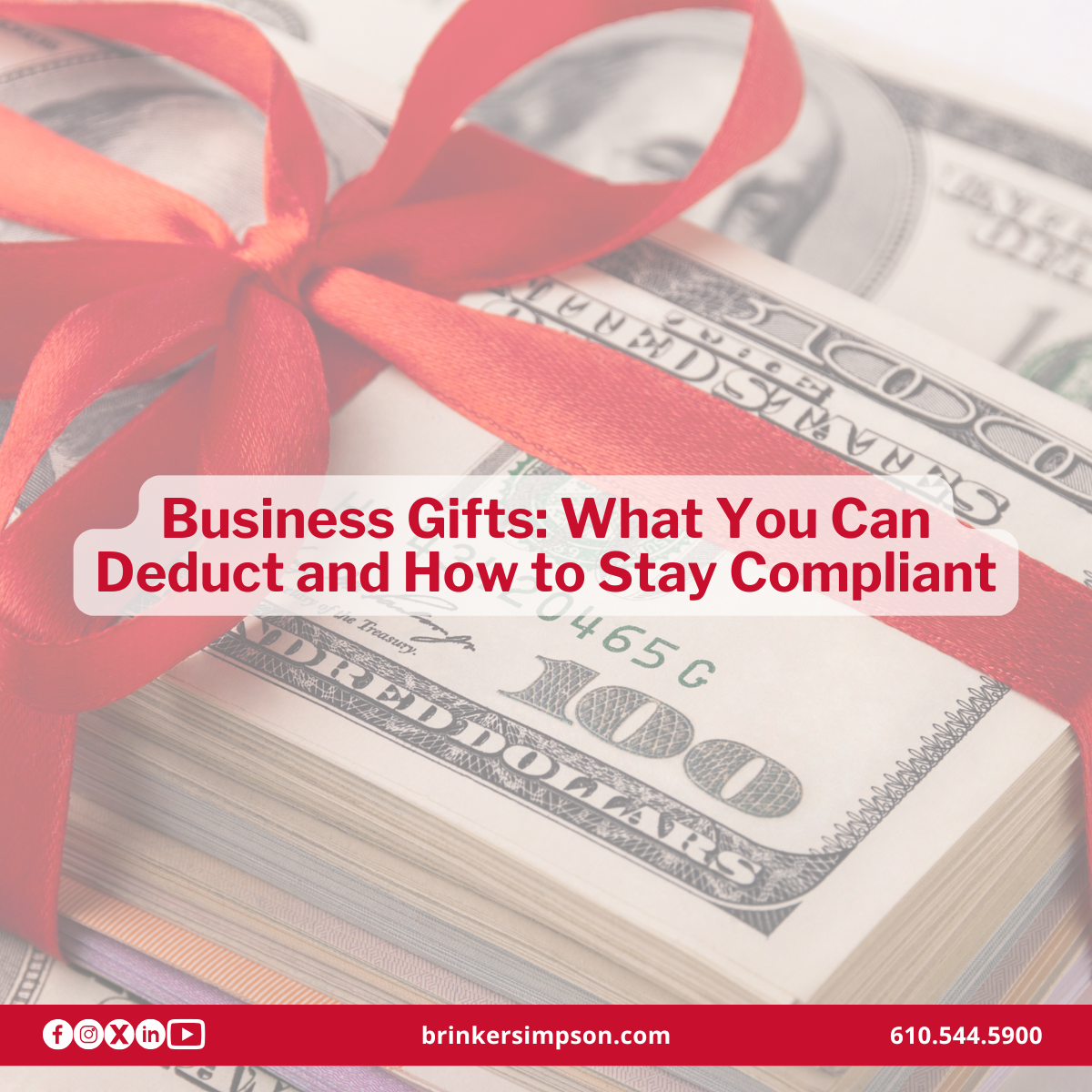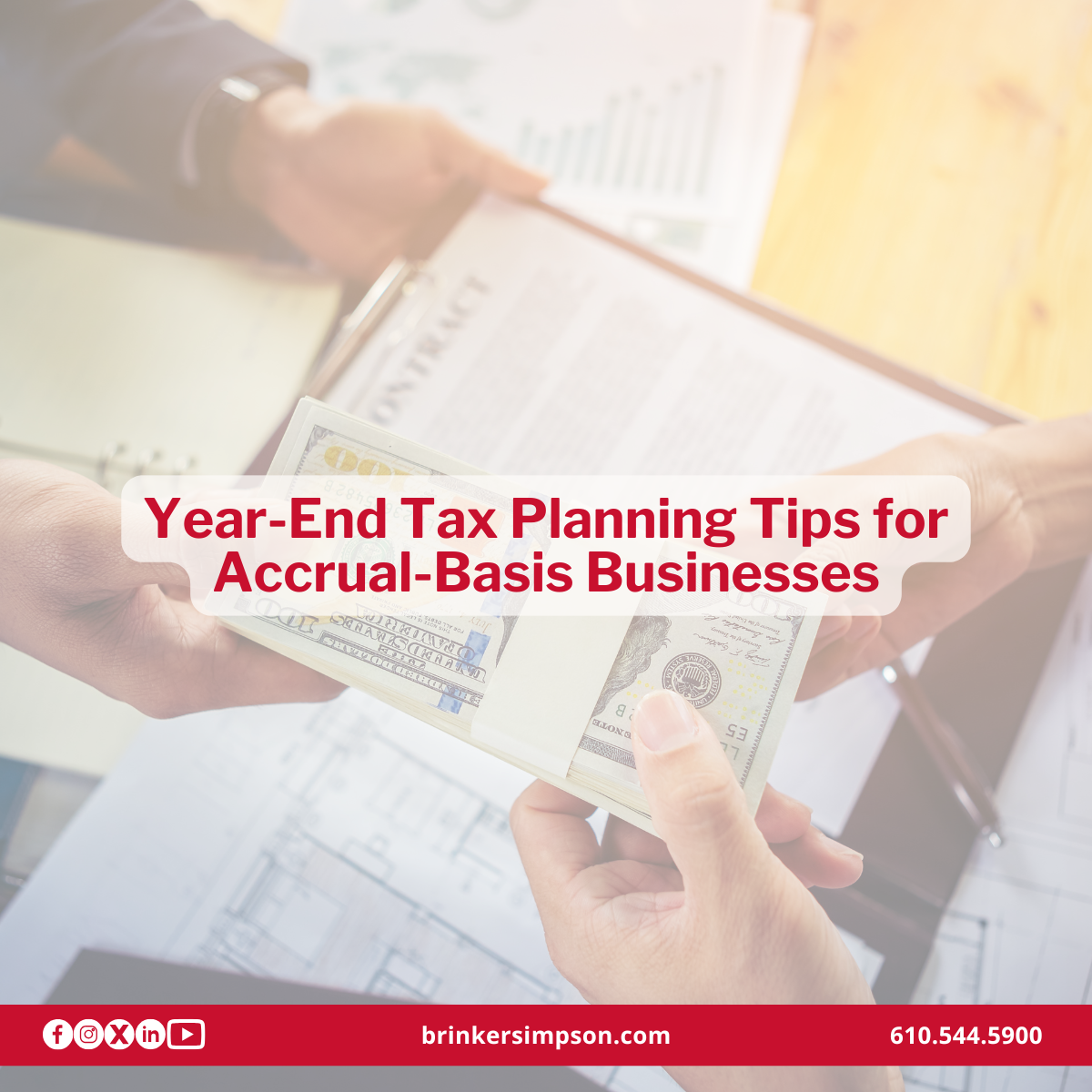When valuing a private business, IRS Revenue Ruling 59-60 remains one of the most foundational guides for determining value. Among the key factors it identifies is "the condition and outlook of the specific industry." But how exactly does the industry risk factor fit into the valuation, and how do investors and appraisers measure it?
The Link Between Risk and Value
At its core, business valuation is a function of risk and return. The higher the perceived risk of an investment, the higher the expected return must be to justify it, which, in turn, lowers the asset's present value.
For publicly traded companies, specific benchmarks—like the return on a broad, diversified stock portfolio—offer a relatively straightforward way to estimate return expectations. However, private companies rarely operate across diversified industries. Instead, they're typically concentrated in one sector, which may carry more or less risk than the market average. This industry-specific risk must be reflected in the discount rate used in a discounted cash flow (DCF) analysis.
For example, if the average return on comparable small-cap public companies is 15%, a business operating in a relatively stable industry may justify a discount rate below 15%. Conversely, companies in volatile sectors may require a higher rate of return, decreasing their present value.
Measuring Industry Risk: The Role of Beta
One widely used tool for evaluating industry risk is the beta coefficient. Beta measures how an industry's historical returns compare to the broader market's performance. A beta of:
- 1.0 suggests the industry moves in tandem with the overall market
- >1.0 indicates above-average risk and volatility
- <1.0 indicates below-average risk
- <0.0 (rare) suggests the industry moves inversely to the market
Valuation professionals commonly source beta and industry risk premium data from authoritative sources like Kroll (formerly Duff & Phelps) and the CFA Institute Research Foundation. These resources publish annual updates, offering beta estimates for around 170 industry classifications.
However, beta calculations—derived from public companies—don't account for factors like company size, geographic scope, or private ownership structure. Smaller businesses often lack the resources and diversification of larger corporations, exposing them to different, often greater, risks.
That's why appraisers go beyond raw beta data. They supplement it with industry reports, economic forecasts, and firm-specific adjustments. This professional judgment allows them to tailor the discount rate based on the industry outlook and the company's unique risk profile.
Industry Risk Beyond the Numbers
Understanding how your industry impacts valuation is valuable not just for an appraisal—it can be a strategic asset for business owners and leadership teams.
The research into assessing industry risk often highlights trends, threats, and best practices specific to your sector. These insights can inform:
- Strategic planning
- Growth opportunities
- Risk mitigation
- Competitive positioning
A thorough valuation report doesn't just assign a number to your business. It can help you understand where you stand in your industry and what steps you can take to build long-term value.



